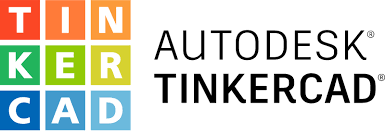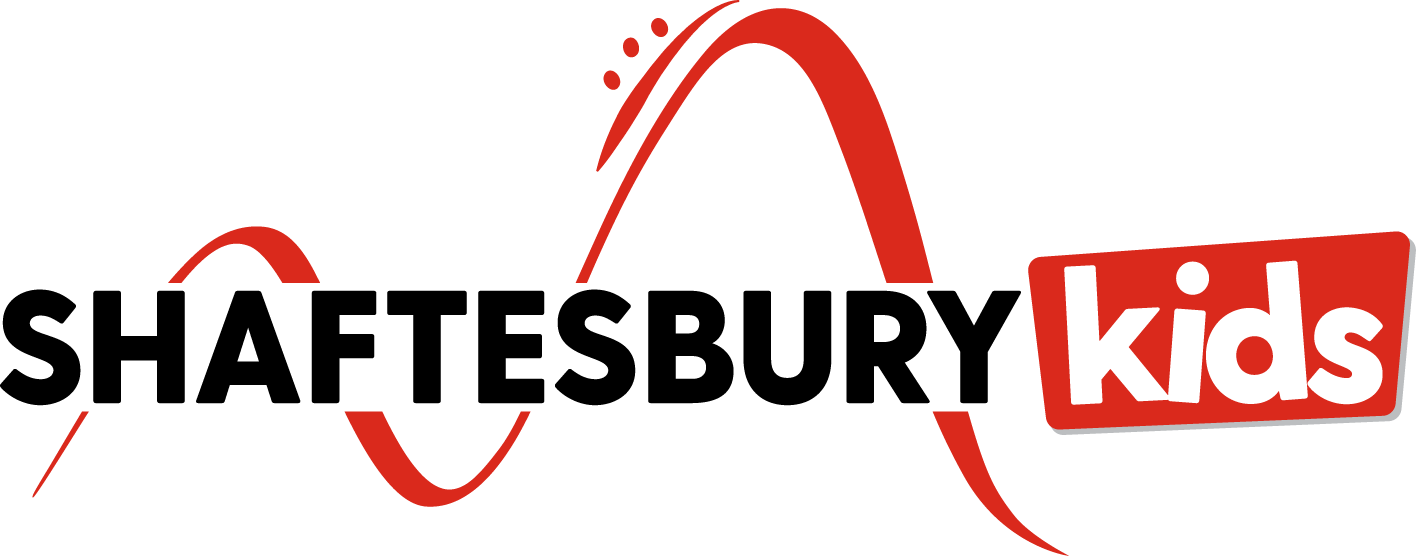The Solutioneers Week 7: Design & 3D Printing
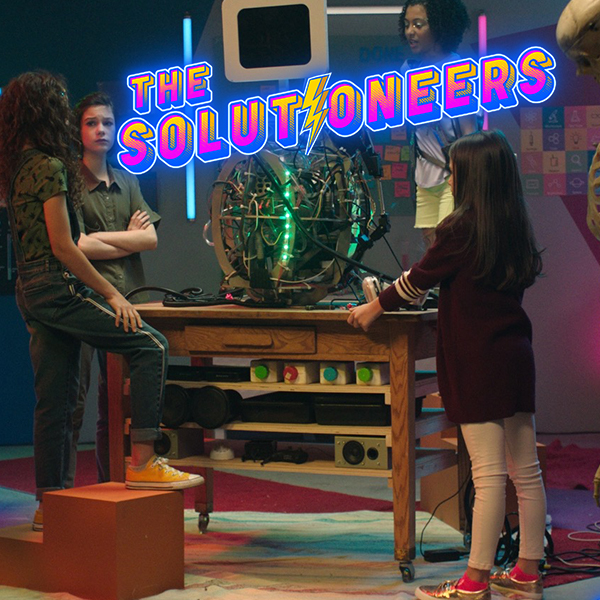
Screen shot from Solutioneers episode 7

Screen shot from Solutioneers episode 7
This week's episodes and hands-on activity explore design and 3D printing.
BACK TO THE SOLUTIONEERS HOME PAGE
On this episode of The Solutioneers, Riley and Kat begin constructing a shell for the robot ad hoc, out of scraps - duct tape and hot glue, Ava and Gwen have a better idea: to make a shell based off of natural forms that are inspired by nature.
And on Future Minds, meet Britney Feng whose used 3D printing to solve a big medical problem.
Now it's your turn!

Use the same layering process as a 3D printer to build a prototype phone holder.
Download the activity as a [PDF]
WHAT DO YOU NEED?
- Recycled cardboard or boxboard
- White glue
- Scissors
- Pencil and paper for design drawings
WHAT DO YOU DO?
- Draw a design of a simple phone holder on paper. Keep the basic shapes quite simple (e.g., cube, cylinder, triangular prism, rectangular prism).
- Decide how tall you want your phone holder to be and then figure out how many layers of cardboard you will need.
How does it look? Does it work the way you imagined?
What modifications would you make?
What else could you design and build using this process?
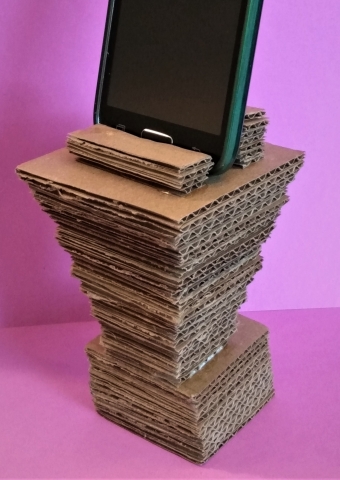
- Cut layers of cardboard to build up your phone holder from the bottom upwards. What shape and size does each layer have to be to end up with the 3D form you have designed?
- Attach the layers together using white glue. Let the glue dry and try it out!
Say you want it to be 8 cm or 80 mm.
Measure the thickness of the cardboard (e.g., 4 mm).
Divide the height you want the phone holder to be (mm) by the thickness of the cardboard (mm).
This will give you the number of pieces of cardboard you will need.
80 mm ÷ 4 mm = 20 layers of cardboard
WHAT’S THE POINT?
You have been doing the same thing that a 3D printer does as it builds a 3D shape. A 3D form is made by putting down layer after layer of a material such as plastic. A computer code tells the printer where to place the printing material on each layer. This is called additive manufacturing.
Many useful objects can be made from a variety of printing materials. Printing materials include plastics, polymers, wood, paper and even food! Scientists are even experimenting with 3D printing using living cells! The goal of 3D printing with cells is to provide a replacement for damaged or diseased human tissues, like skin or bones. This process is called tissue engineering. Artificial skin and cartilage have been successfully 3D printed, but right now it only plays a small role in human medicine.
Did you know?
A voxel is a printing element just like a pixel, only in 3D! Voxel stands for VOlume piXEL.
WHAT ELSE?
Check out these cool careers that involve 3D printing:
- Daryl Dominique: CEO & Designer (Career Profile)
- Valerie Song: CEO of Ava technologies Inc (Career Profile)
Try this:
Design a cover inspired by nature for your phone holder prototype using craft papers and craft materials you have at home. What things from nature would be your inspiration for a shell?

Try designing in 3D using Tinkercad software. Go to Lessons and select a project to try. We recommend the Chess pawn.
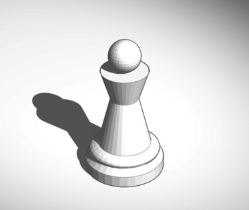
Tinkercad is a free online collection of software tools that help people all over the world think, create and make. Registration is required.
Partner
With over 114 hours of award-winning kids & family programming, including Kids Emmy Award®-winning series Dark Oracle, and the long-running hit series Life with Derek - alongside family movies featuring some of Canada’s best and brightest stars including Tatiana Maslany, Ellen Page and Sandra Oh, Shaftesbury’s growing slate of kids and family co-viewing programming brings fresh content to a new generation of tween and young adult viewers across all platforms.
